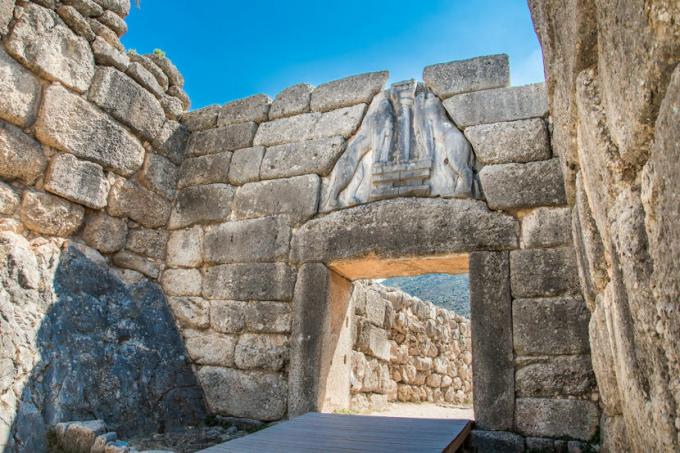Urban formation in Brazil during the colonial period was not very developed. The Portuguese interest was to explore the richness of the territory, with no great concern with the settlement of the colony and the construction of urban spaces.
The main area that was occupied by the Portuguese during the colonial period was the coastal strip. The objective was to facilitate and speed up the shipment of goods to Portugal so that they could be sold on the nascent world market. For this reason, few cities emerged in the first two centuries of colonial exploration, and the capital of the general government of Brazil, Salvador, and others more linked to the flow of sugar produced in the mills, such as Olinda, Recife and São Vincent.
This situation shows that the social life of Brazil Colony took place more on large farms and plantations, which, in addition to housing the family of the master and slaves, had around them some priests and free but poor people, who lived on the margins of the devices. There were some villages that served as administrative posts, but they were sparsely populated.
With the development of livestock and the entry into the interior of the continent, new villages and towns were formed to be able to offer landing, rest and some trade for the drovers, conductors of the mule troops that transported the goods through the interior of the Brazil.
The discovery of gold and diamonds in Minas Gerais provided the development of urbanization in the mining region in the 17th century. Cities such as Vila Rica (now Ouro Preto), Vila do Carmo (Mariana), Sabará, Caeté, São João Del Rei and countless others emerged during mining. The wealth provided by metals and precious stones made the Portuguese metropolis intensify the inspection of these cities in order to avoid smuggling.
A large number of people flocked to this region, resulting in population diversity and a development of very well-worked buildings, which can be highlighted, in addition to the mansions, the numerous churches and his works of art.
In addition to the cultural life that existed in these locations, the mining economy developed an internal trade in the colony to meet the needs of the inhabitants of these regions, encouraging communication between them through roads and ways.
The wealth of mining provided an increase in the importation of goods produced in Europe, increasing the importance of the places where there were ports where these goods were unloaded. This was the case of Vila de São Sebastião, in Rio de Janeiro, which, due to its proximity to the mining region, became the seat of the government of the State of Brazil from 1763 onwards.
But these were isolated places, and there was no generalized urbanization in the Portuguese colonial territory. Even with the advent of the Empire and with the economic development of the first six decades of the republican period, Brazil would still be an eminently rural country.
By Tales Pinto
Graduated in History



